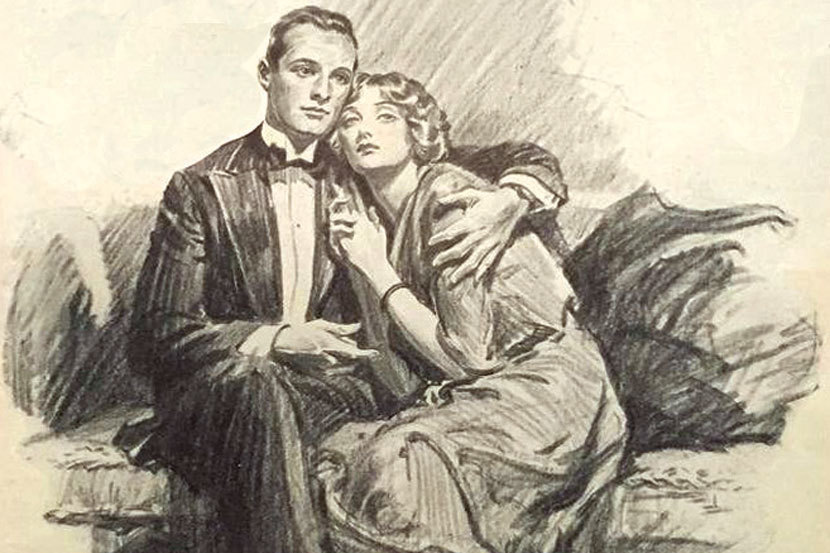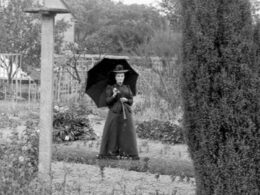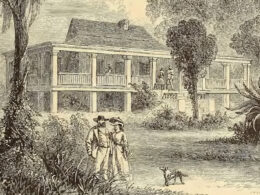F. Scott Fitzgerald (1896–1940)
From F. Scott Fitzgerald: The Great Gatsby, All the Sad Young Men & Other Writings 1920–1926

The long-awaited LOA edition of The Great Gatsby arrived from the printer today. The volume also includes F. Scott Fitzgerald’s story collection All the Sad Young Men, as well as sixteen other stories that were never published in book form during his lifetime.
Many readers may know that the character of Daisy Buchanan in The Great Gatsby was based on Chicago socialite Ginevra King, with whom Fitzgerald fell madly in love when he was eighteen and she was sixteen—although their relationship was conducted mostly via correspondence over a two-year period, during which they saw each other only a few times. Fitzgerald never shed his resentment for the break-up with Ginevra King—and he even used his memory of her as a warning to his daughter.
In 1937, when Frances (or “Scottie,” as she was affectionately known) was sixteen, her father sent her a letter about proper behavior for a teenage girl. “I don’t want you to do anything inappropriate to your age,” he wrote. “For premature adventure one pays an atrocious price.” He warned against getting a reputation as a flirt: “the girls who were what we called ‘speeds’ (in our stone-age slang)” ended up marrying “anything they could get.” And then he mentioned an incident he must have discussed before with his daughter as an example of King’s perfidy: “It was in the cards that Ginevra King should get fired from Westover,” a reference to King’s expulsion from the famous prep school for the infraction of leaning out of her dorm window and talking to several boys on their way to the senior dance, which—according to the headmistress—labeled Ginevra as an “adventuress” whose “honor was stained.”
Daisy Buchanan wasn’t the only character inspired by Fitzgerald’s memory of his lost love. “Winter Dreams,” an early story published four years before the appearance of The Great Gatsby, features Judy Jones, a “speed” whose new boyfriend soon learns he is only “one of a varying dozen who circulated about her.” It should be said that, twenty years ago, King’s half of the correspondence was made public by her family, and they paint a far more nuanced and winsome portrait of her than the idealized character portrayed repeatedly (and sometimes bitterly) in Fitzgerald’s fiction. We present the story, with an introduction describing those letters and their “discovery,” as our Story of the Week selection.



